Since the therapeutic use of antibodies for cancer continues to grow since Kohler and Milstein’s work on the hybridoma technology, the need for high throughput antibody purification has become a staple in many areas of drug discovery and development process.
Whether it is through biomarker discovery, high-throughput screening, or scale-down process development, automated small-scale purification can enable more research, shorten workflows, and standardize results.
PhyTip columns provide a highly efficient and flexible avenue to automate small-scale protein purification. In this blog, I will highlight some key examples from customers using PhyTip columns to automate their processes and optimize their workflows.
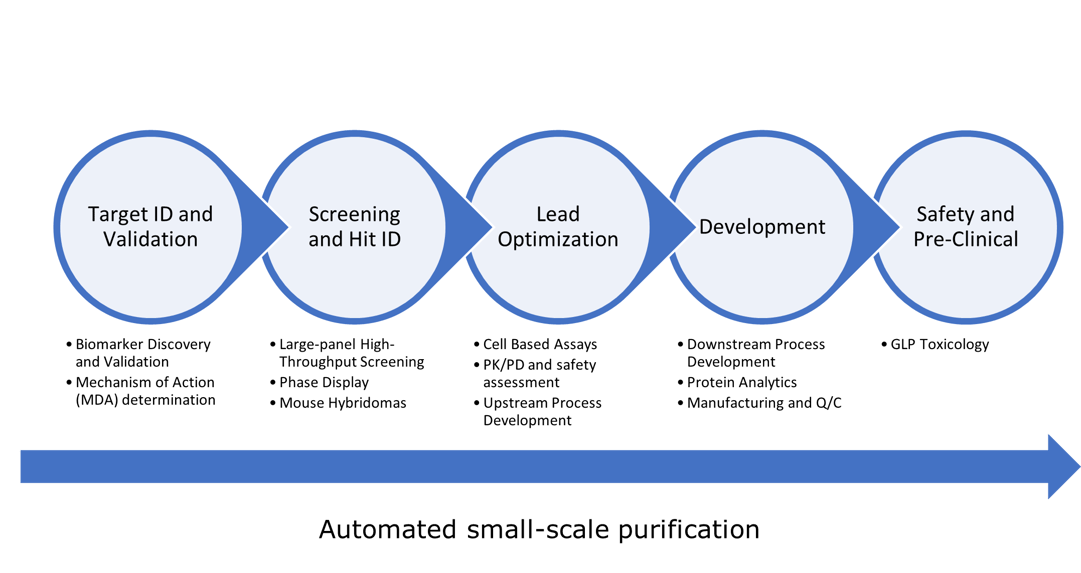
Enabling High-Throughput Screening
When automating library screens, researchers have several goals they need to accomplish. They have to express multiple constructs and in multiple expression systems. Also, when optimizing the protein solubility and stability, they need to test many different conditions; so a high-throughput system is often required to efficiently process many different samples and conditions.
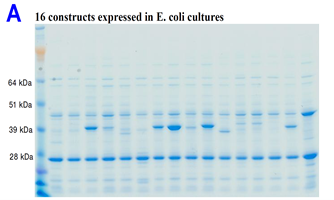
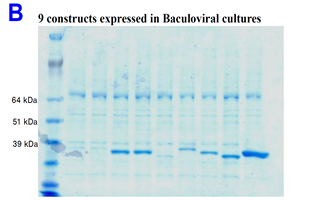
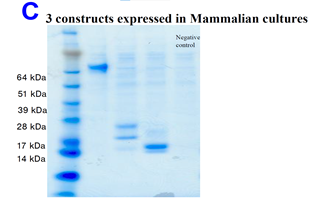
Figure 1. Cell pellets from 3ml E. coli cultures (Panel A) and Baculoviral cultures (Panel B) were lysed in 200μl lysis buffers (Novagen). Culture fluids from 3ml Mammalian cultures (Panel C) were concentrated to 200μl. Lysates and culture fluids were clarified by centrifugation and purified using IMAC PhyTips. Proteins were eluted in 50μl eluting buffers and 10μl samples were analyzed by 4-12% Bis-Tris SDS-PAGE. Expression levels for different constructs were shown.
This group at Roche consistently clones and expresses varying constructs as part of an X-ray crystallography screen and must test different expression systems to identify forms with the highest expression levels, stability, and potency. Figure 1 displays some data from a study lead by researcher Hoandung D. Ho looking at the incorporation of PhyTip columns in their process. The SDS-PAGE gels demonstrate a level of purity and consistency of the purified constructs across their entire screen.
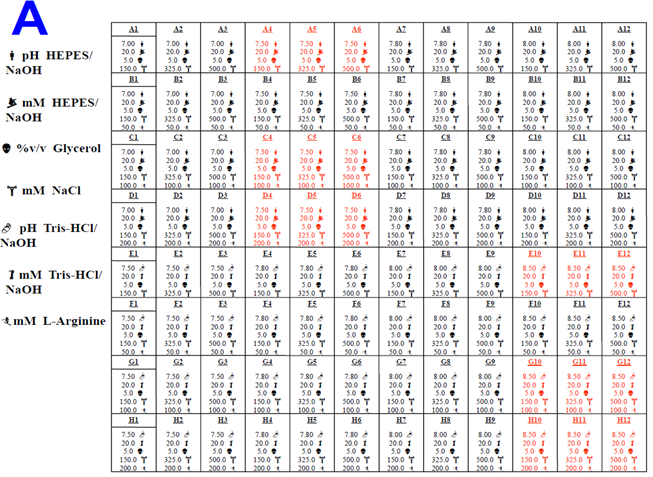
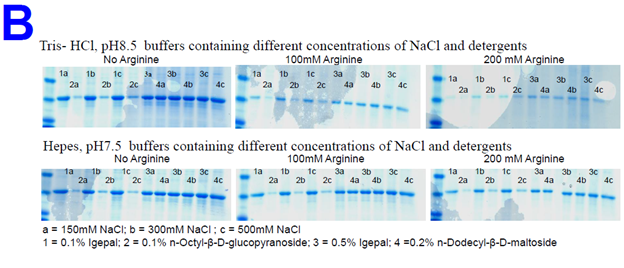
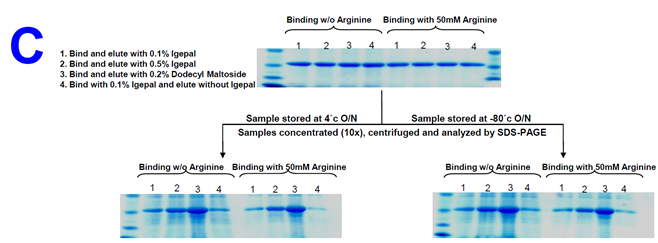
Here in Figure 2, with conjunction with a Hummingbird robot and PhyTip columns, the same group tested a matrix of buffers for binding efficiency as well as protein stability all in one experiment. Samples from two of the buffers from the panel were tested for stability overnight and analyzed by SDS-PAGE. It was determined the protein most efficiently bound and was most stable in Tris-HCl, pH 8.5 with 0.2% dodecyl maltoside and no arginine.
For a deeper look into this study, please find the poster here, click here to download.
Enhancing Cell-Based Assay Screening
Using in vitro cell-based assays has become a widely used primary screen to better investigate drug compounds effects on multiple cell phenotypes which leads to a higher volume of viable candidates for future screens. In this study below lead by Mike Jones at Cambridge Antibody Technology, the use of PhyTip columns improved the potency of purified clones for their functional cell-based assays.
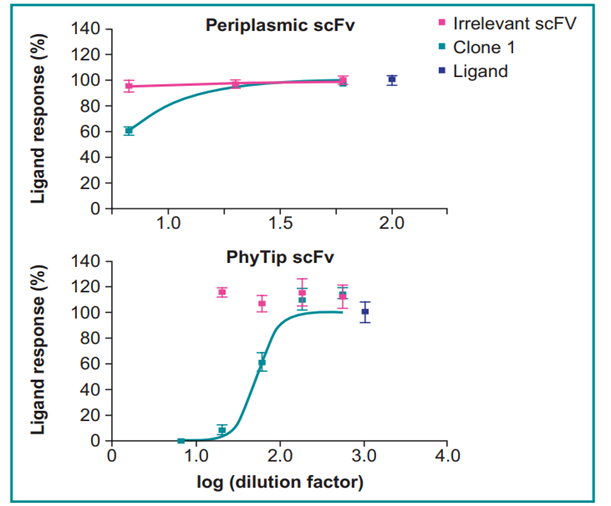
Figure 3 The PhyTips are able to capture and purify enough scFv from a 3 mL culture to give a full inhibition curve. The corresponding periplasmic extract only produces a part curve.
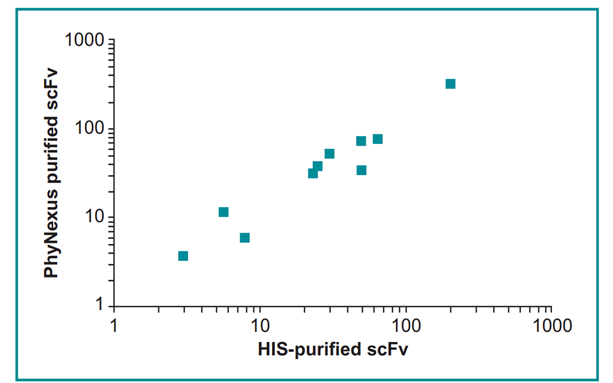
Figure 4. The correlation between the IC¬50s obtained from the large and small scale scFv purifications were very good. The clone ranking was the same order for both processes. This demonstrates the small-scale purification system can successfully rank and identify clones for further characterization.
Shortening Immunoprecipitation Workflows
Immunoprecipitation (IP) is a widely used technique to isolate specific types of proteins or a part of a protein containing a specific biomarker from cell or tissue lysates. It is essential for studying post-translational modifications (PTMs) as well as studying drug-target interactions. A specific antibody is immobilized on a bead matrix and used to bind it’s antigen. Traditional IP is performed in a microcentrifuge tube and each step is carried out in a batch-binding manner with the use of a centrifuge.
The batch-binding technique is difficult to translate on a robotic system which is why PhyTip columns provide a perfect platform to automate this process. Also, antibody can be pre-immobilized and packed into the tip column, so the first half of the process is already completed.
Translating the manual IP process to the PhyTip column is highlighted here by the work lead by Lilian Phu at Genentech.
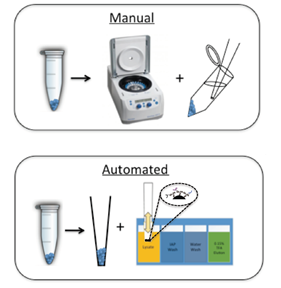

Figure 5. The immunoprecipitation process consists of multiple stages of capturing and washing both the antibody and the antigen. The process is fully a manual procedure. The process is cut in half by pre-packing antibody conjugated resin into the PhyTip column. Furthermore, the rest of the process is automated by a robotic instrument.
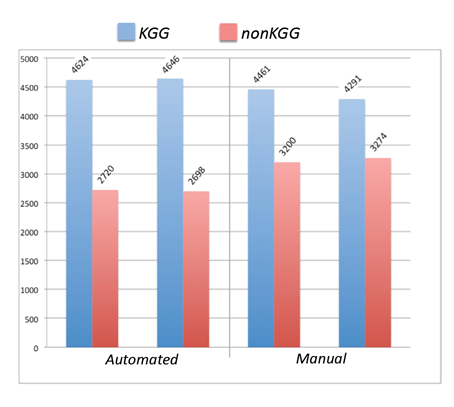
Figure 6. The IP method was used to isolate ubiquitin remnant motif (KGG) peptides from a complex mixture. These specific peptides were then analyzed by LC-MS/MS for KGG motif identity and for the level of non-specific contaminating peptides. When comparing the automated PhyTip with the manual process, the automated procedure was more comparable. The automated process displayed more consistency and a lower background of non-specific peptides.
For a deeper look into this study, please click here to download the poster.
Automated Scale-Down Process Development
Scale-down protein purification during process development is a critical process which can shorten condition screening and save costs all while simulating the performance of large scale manufacturing. High-throughput, small-scale purification can be beneficial whether you are determining clone selection, developing cell lines, or testing key quality attributes. Below is some sample data produced by a group led by Michael Rauscher at Merck who has optimized the PhyTip columns for scale-down antibody drug purification.
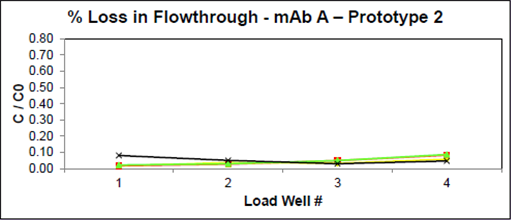
Figure 7. The larger 500 µL Tecan PhyTip columns was optimized in order to have extremely high binding efficiency (with yields up to 6.5 mg of protein) and a low loss in flowthrough. This was accomplished by creating a packed bed which optimized binding kinetics.

Figure 8. Multiple quality attributes were tested with both the scaled down product as well as product from large scale columns. In this case, PhyTip columns were run on both the Biotage liquid handler, the MEA, as well as on the Tecan for higher throughput. Both processes yielded comparable results in quality.
For a deeper look into this study, click here.
Incorporating PhyTip Columns in Your Lab
PhyTip columns are a versatile platform that can be adapted to many different protein purification applications. There are a variety of commercially available resin columns, but virtually any resin can be packed into the columns (including antibody conjugated resin) using the Biotage custom packing service.
Hopefully by seeing how other have incorporated and optimized PhyTip columns in their labs, you can discover how PhyTip columns can standardize and shorten your workflows.

